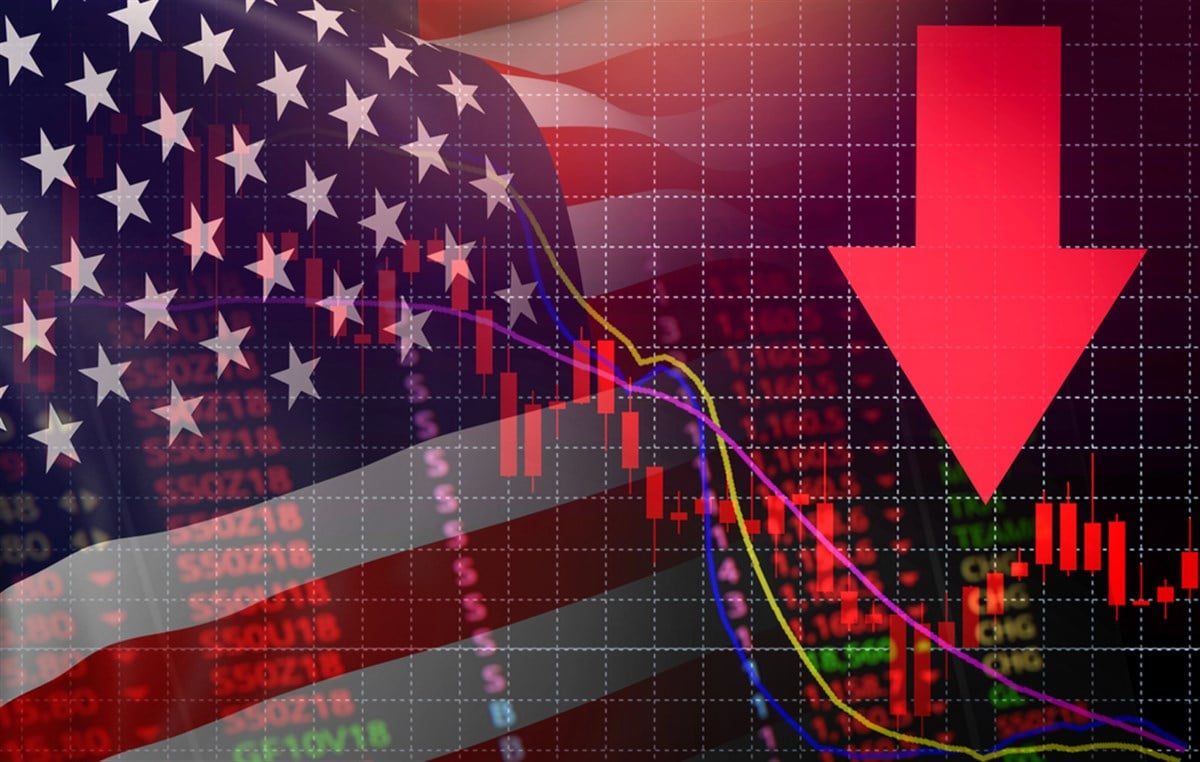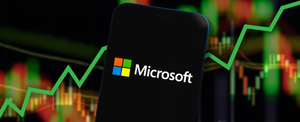
Exchange-traded funds (ETFs) are often promoted as an efficient way for investors to establish broad exposure to an entire portfolio of securities with a single transaction. Under ideal market conditions, when investors might adopt a generally bullish stance, this can be a great approach. However, what about periods in which investors are more bearish toward the broader market?
In this case, inverse ETFs may be the optimal solution. These funds provide inverse exposure to a target index, meaning that if the index rises they fall and vice versa. This strategy more or less shorts all of the stocks comprising that index while still offering risk protection, as with traditional ETFs, by diversifying exposure across a larger portfolio.
In 2025, investors have plenty of reasons to take a bearish view of the market. And while there are funds offering that degree of exposure, many investors may instead prefer a more targeted inverse approach. The three ETFs allow investors to balance an overall bearish viewpoint with a focus on a specific corner of the equities universe.
Each shares an expense ratio of 0.95%, making them a bit pricey compared to many traditional ETFs but well worth the cost for investors seeking inverse exposure.
Inverse Exposure to Small-Cap Stocks With a Focus on Financials, Industrials, and Consumer Discretionary Names
[content-module:CompanyOverview|NYSEARCA:SBB]The ProShares Short SmallCap600 (NYSEARCA: SBB) provides daily inverse exposure to the S&P SmallCap 600 index. The index is composed of roughly 600 U.S.-based companies with market capitalizations ranging from around $1 billion to $7.5 billion—these are firms that tend to be well-established but which are not necessarily the largest in their industries.
While SBB provides broad coverage of small-cap companies, a portfolio of 600 positions is significantly smaller than the total small-cap market.
Small-cap names may be particularly impacted by ongoing tariff uncertainty, giving investors ample reason to consider shorting the index. The latest update on the index holdings by S&P Global on March 31, 2025 indicates that financials, industrials, and consumer discretionary firms occupy the largest portions of the index.
Investors looking for inverse exposure to some of the sectors with smaller representation in the index—consumer staples and energy, for instance, each of which makes up less than 5% of the index—might look to a more targeted sector-specific inverse ETF.
While SBB is designed to provide daily inverse exposure, the fund provider does suggest that investors may hold it for longer than this period. However, doing so may lead to variations from the daily inverse target.
Accessible Inverse Exposure to a Proxy for the U.S. Economy
[content-module:CompanyOverview|NYSEARCA:SBB]Investors looking for inverse exposure to a larger segment of the small-cap market than SBB provides might turn to the ProShares Short Russell2000 (NYSEARCA: RWM). RWM shorts the legendary Russell 2000 index, an index consisting of roughly 2,000 U.S.-listed companies with market caps of roughly $1 billion up to nearly $15 billion. The weighted average market cap of a Russell 2000 firm is usually in the mid-$3 billion range.
Given its broad scope to cover companies across all sectors and a host of industries, the Russell 2000 is a standard proxy for the broader U.S. economy. This makes a fund like RWM a good option for investors believing the economy is likely to experience a downturn or recession in the near future.
That said, like SBB above, RWM is designed to offer inverse returns to the Russell 2000 on a daily basis, meaning that performance can erode for investors holding shares of RWM for more than a single trading session.
Shorting the Mid-Cap Space
[content-module:CompanyOverview|NYSEARCA:MYY]The ProShares Short MidCap400 (NYSEARCA: MYY) provides another angle for bearish investors: the MidCap 400 index. This index includes U.S.-listed companies ranging in size from about $7.5 billion to roughly $20.5 billion. However, some fluctuation in market capitalizations among members means that it's not uncommon for constituents to fall above or below those threshold points.
Mid-cap stocks in this index lean toward industrials (at about 20% of the index), followed by financials and consumer discretionary firms. Like the small-cap index above, some sectors are underrepresented in the index—this is especially true of communication services firms, which occupy only around 1%.
That said, MYY can be another way to short a proxy for the broader market, although the smaller size of this index compared to the others above makes it somewhat more niche in its focus.
Where Should You Invest $1,000 Right Now?
Before you make your next trade, you'll want to hear this.
MarketBeat keeps track of Wall Street's top-rated and best performing research analysts and the stocks they recommend to their clients on a daily basis.
Our team has identified the five stocks that top analysts are quietly whispering to their clients to buy now before the broader market catches on... and none of the big name stocks were on the list.
They believe these five stocks are the five best companies for investors to buy now...






